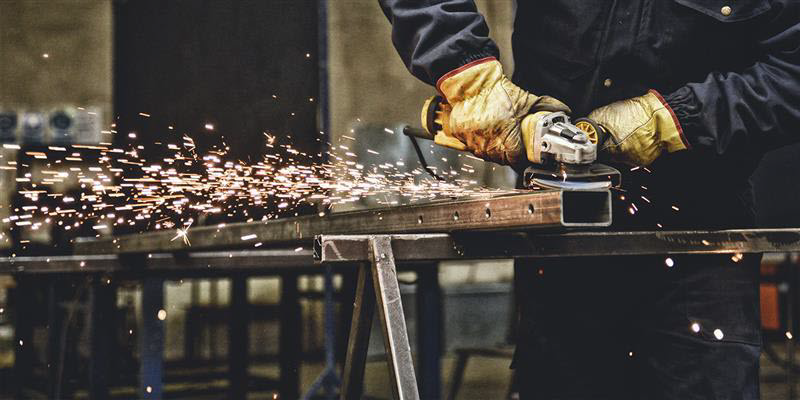Combustible Dusts
On this page:
- Overview
- Summary
- How you can share your feedback
- How your contributions make a difference
- Learn more
The public hearing process ended September 26, 2025, at 4:30 p.m.
Overview
- What: Combustible dusts
- Who: Workers and their employers who may encounter combustible dust that can potentially catch fire or explode
- Why: To gather feedback on the proposed amendments
- How: Click on “Share your feedback” to request more information or provide feedback. To register for the public hearing, see the Public Hearing page.
- Key topics: Combustible dusts, organic dust, carbon-based dust, plastic dust, airborne dust, wood and paper dust, metal dust, asphalt and concrete dust, fibre lint, textile dust
Summary
Many types of dust are combustible, which means they can catch fire and burn. When fine dust particles catch fire while floating in the air, known as deflagration, fire can spread quickly, sometimes leading to explosion.
Historically, combustible dust concerns were tied to wood dust following the two tragic sawmill explosions in 2012 that led to the deaths of four workers and injured 42 more. The proposed amendments seek to further clarify other types of dust may also be combustible (e.g., metals, chemicals, plastics). These changes will affect a wide range of workplaces (in addition to wood product manufacturers) such as bakeries and other food processing operations, metal foundries, and other workplaces that may have plastic, lint, or textile dusts.
To manage the risk posed by combustible dusts, WorkSafeBC is proposing amendments that will require employers to implement more robust measures to control and manage the accumulation of all types of combustible dusts in the workplace.
This will be the second public hearing on the proposed amendments. Following the May 2024 public hearing, we carefully reviewed feedback from stakeholders. This led to some additional changes to the proposed amendments. This includes, among other updates, explicitly requiring that a dust management program be prepared, and creating an exemption for employers whose dust poses low risk to workers.
How you can share your feedback
The second public hearing is now complete. Thank you for your engagement. Your feedback will be provided Board of Directors for consideration.
How your contributions make a difference
Your feedback will help shape new regulations for managing combustible dusts at work. By sharing your thoughts, you will help ensure the new regulations are comprehensive and effective.
Learn more
To learn more about the proposed amendments, please review the detailed information package.

